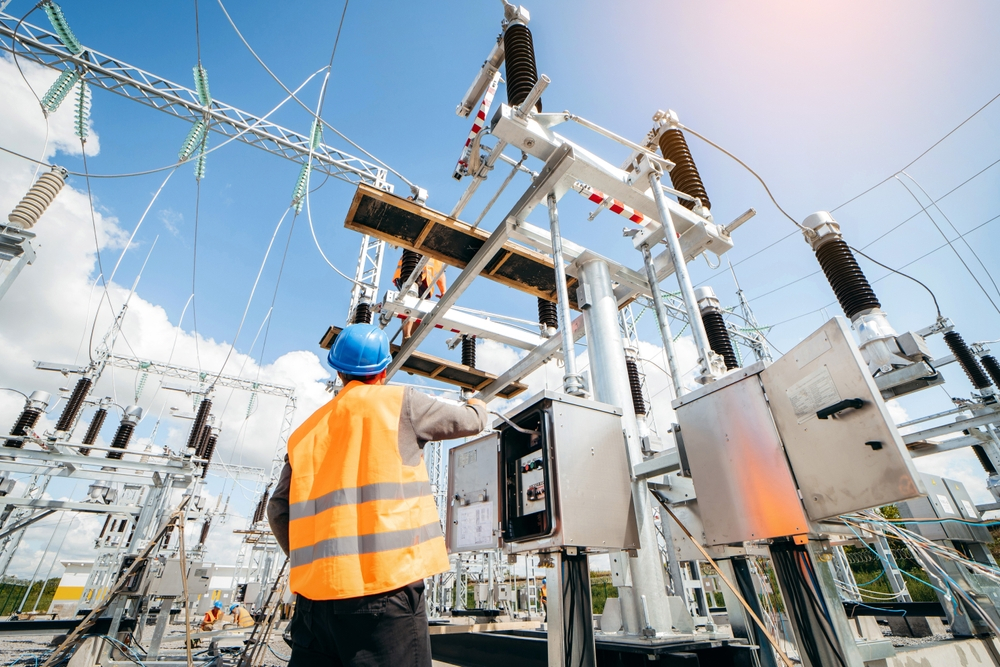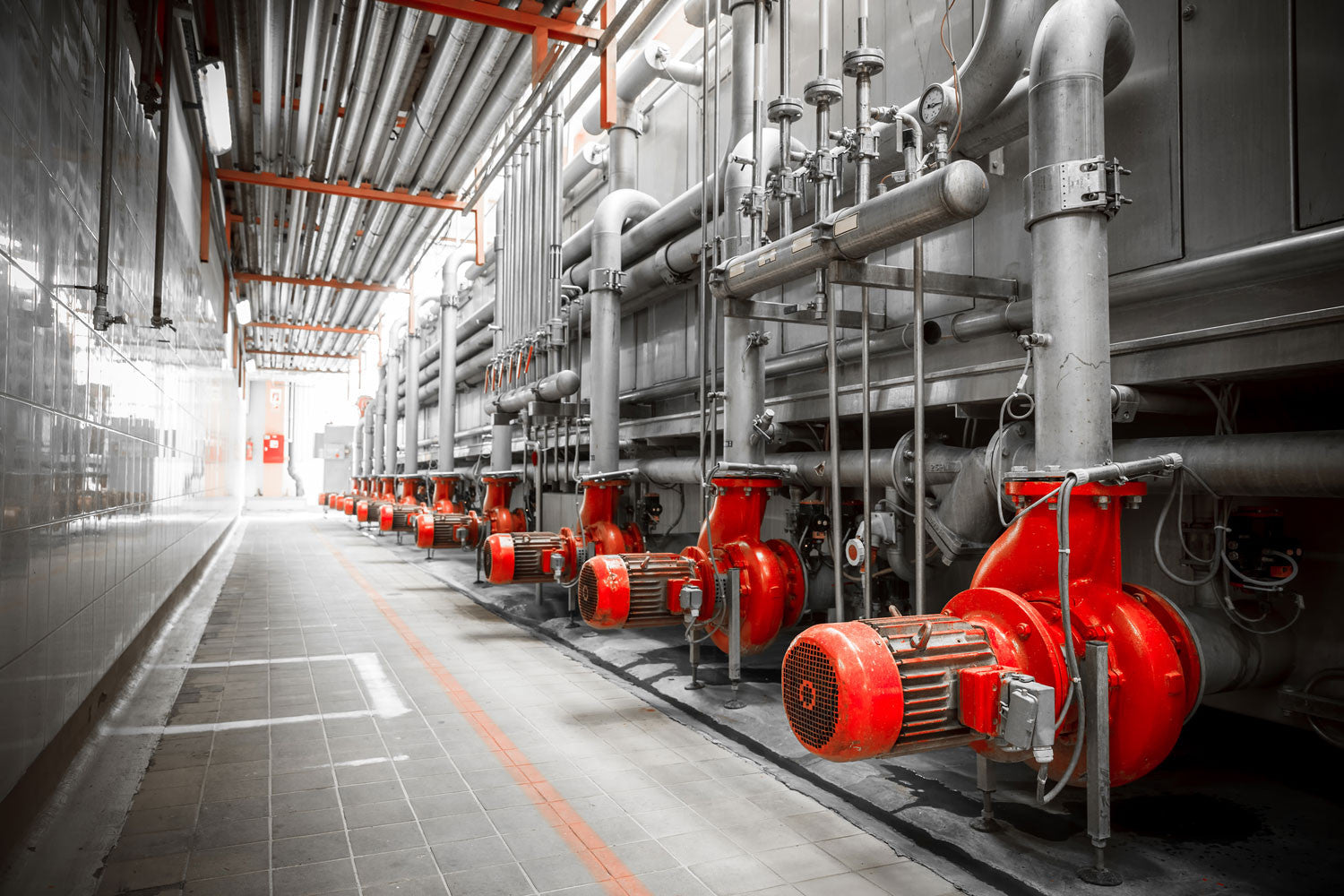The Main Principles Of Roar Solutions
The Main Principles Of Roar Solutions
Blog Article
Roar Solutions Fundamentals Explained
Table of ContentsSome Ideas on Roar Solutions You Need To KnowLittle Known Questions About Roar Solutions.7 Easy Facts About Roar Solutions Described
In such an atmosphere a fire or surge is feasible when 3 basic conditions are satisfied. This is frequently referred to as the "hazardous location" or "combustion" triangle. In order to safeguard setups from a potential surge a technique of evaluating and classifying a potentially harmful location is called for. The objective of this is to ensure the correct choice and installation of devices to inevitably protect against an explosion and to ensure safety of life.
(https://justpaste.it/8xypx)
No tools must be set up where the surface area temperature of the devices is higher than the ignition temperature of the provided hazard. Below are some usual dust harmful and their minimal ignition temperature level. Coal Dirt 380C 225C Polythene 420C (melts) Methyl Cellulose 420C 320C Starch 460C 435C Flour 490C 340C Sugar 490C 460C Grain Dust 510C 300C Phenolic Material 530C > 450C Aluminium 590C > 450C PVC 700C > 450C Soot 810C 570C The possibility of the hazard being existing in a concentration high adequate to trigger an ignition will differ from place to area.
In order to classify this risk an installment is divided right into locations of threat depending upon the quantity of time the unsafe is present. These areas are described as Areas. For gases and vapours and dirts and fibers there are 3 areas. Area 0 Area 20 A dangerous atmosphere is extremely most likely to be existing and may be present for lengthy periods of time (> 1000 hours each year) or perhaps continually Area 1 Area 21 A dangerous ambience is possible yet unlikely to be existing for long periods of time (> 10 450 C [842 F] A classification of T6 suggests the minimum ignition temperature level is > 85 C [185 F] Unsafe location electric equipment possibly developed for use in greater ambient temperatures. This would suggested on the rating plate e.g. EExe II C T3 Ta + 60C( This means at 60C ambient T3 will certainly not be surpassed) T1 T1, T2, T3, T4, T5, T6 T2 T2, T3, T4, T5, T6 T3 T3, T4, T5, T6 T4 T4, T5, T6 T5 T5, T6 T6 T6 A T Class ranking of T1 implies the optimum surface area temperature level created by the instrument at 40 C is 450 C. Assuming the linked T Class and Temperature level rating for the tools are proper for the area, you can constantly use a tool with an extra rigorous Division rating than required for the area. There isn't a clear solution to this question. It truly does rely on the type of tools and what fixings need to be accomplished. Equipment with details examination treatments that can't be performed in the area in order to achieve/maintain 3rd party rating. Need to return to the factory if it is before the tools's solution. Field Repair Service By Authorised Employee: Challenging testing might not be called for nonetheless details procedures might need to be complied with in order for the devices to preserve its 3rd event ranking. Authorized employees need to be employed to perform the job appropriately Repair service need to be a like for like substitute. New component must be thought about as a direct replacement calling for no unique screening of the equipment after the fixing is full. Each tool with a dangerous rating need to be evaluated individually. These are described at a high degree below, however, for more comprehensive info, please refer straight to the guidelines.
The Single Strategy To Use For Roar Solutions
The equipment register is a comprehensive database of equipment documents that includes a minimum set of areas to identify each thing's place, technical parameters, Ex lover classification, age, and ecological data. This details is essential for tracking and managing the tools successfully within harmful locations. In comparison, for routine or RBI tasting evaluations, the grade will certainly be a combination of Detailed and Close inspections. The proportion of In-depth to Shut assessments will certainly be identified by the Equipment Risk, which is examined based on ignition risk (the possibility of a source of ignition versus the probability of a flammable environment )and the unsafe area classification
( Area 0, 1, or 2). This variant will certainly likewise affect the resourcing needs for work preparation. As soon as Lots are defined, you can establish sampling strategies based on the sample dimension of each Lot, which refers to the variety of random devices things to be evaluated. To figure out the required sample size, 2 facets require to be assessed: the dimension of the Great deal and the group of assessment, which suggests the level of initiative that must be used( reduced, typical, or enhanced )to click this link the inspection of the Lot. By incorporating the group of evaluation with the Lot size, you can after that establish the suitable being rejected standards for an example, implying the permitted variety of malfunctioning products located within that sample. For more information on this process, please refer to the Energy Institute Guidelines. The IEC 60079 standard suggests that the optimum interval between examinations ought to not surpass 3 years. EEHA examinations will likewise be carried out outside of RBI projects as component of arranged upkeep and tools overhauls or fixings. These examinations can be credited toward the RBI example dimensions within the affected Lots. EEHA evaluations are carried out to recognize mistakes in electric tools. A weighted racking up system is essential, as a solitary tool may have several mistakes, each with differing degrees of ignition risk. If the combined score of both inspections is less than two times the fault score, the Lot is deemed appropriate. If the Whole lot is still thought about unacceptable, it needs to go through a full assessment or reason, which may set off more stringent examination methods. Accepted Lot: The sources of any type of faults are determined. If a typical failing mode is discovered, additional tools may need maintenance. Faults are classified by intensity( Safety, Integrity, Housekeeping ), making sure that immediate problems are evaluated and attended to quickly to reduce any influence on safety or operations. The EEHA database need to track and videotape the lifecycle of mistakes together with the restorative actions taken. Carrying out a robust Risk-Based Inspection( RBI )approach is vital for guaranteeing conformity and safety in handling Electric Devices in Hazardous Locations( EEHA) (high voltage courses). Automated Mistake Rating and Lifecycle Administration: Easily manage mistakes and track their lifecycle to enhance examination accuracy. The introduction of this support for risk-based inspection further reinforces Inspectivity's setting as a best-in-class option for governing compliance, as well as for any type of asset-centric inspection use instance. If you have an interest in finding out more, we welcome you to ask for a demonstration and uncover how our option can change your EEHA management processes.
Things about Roar Solutions

In regards to explosive danger, an unsafe area is a setting in which an explosive ambience is existing (or might be anticipated to be existing) in amounts that require special preventative measures for the construction, installation and usage of devices. Roar Training Solutions. In this article we explore the challenges faced in the work environment, the threat control measures, and the required expertises to work safely
It issues of contemporary life that we produce, save or take care of a variety of gases or liquids that are considered flammable, and a series of dusts that are deemed combustible. These substances can, in particular conditions, develop explosive environments and these can have major and awful consequences. Many of us know with the fire triangle get rid of any type of among the 3 elements and the fire can not happen, yet what does this mean in the context of dangerous locations? When damaging this down into its simplest terms it is basically: a combination of a particular amount of release or leakage of a certain compound or product, blending with ambient oxygen, and the existence of a resource of ignition.
In most instances, we can do little concerning the levels of oxygen airborne, however we can have substantial influence on sources of ignition, as an example electric devices. Dangerous locations are recorded on the unsafe location classification illustration and are identified on-site by the triangular "EX LOVER" indication. Here, amongst various other key details, areas are divided into 3 types depending on the danger, the possibility and duration that an explosive environment will exist; Zone 0 or 20 is regarded one of the most unsafe and Zone 2 or 22 is regarded the least.
Report this page